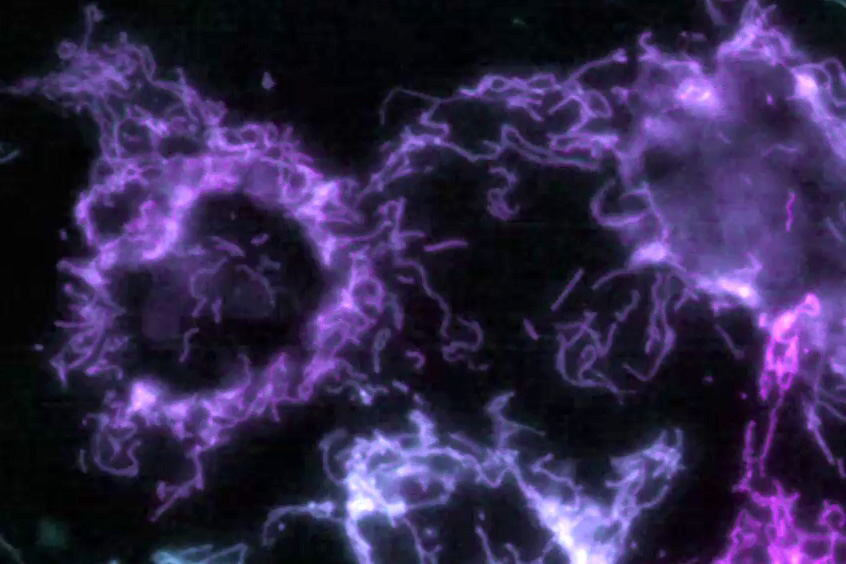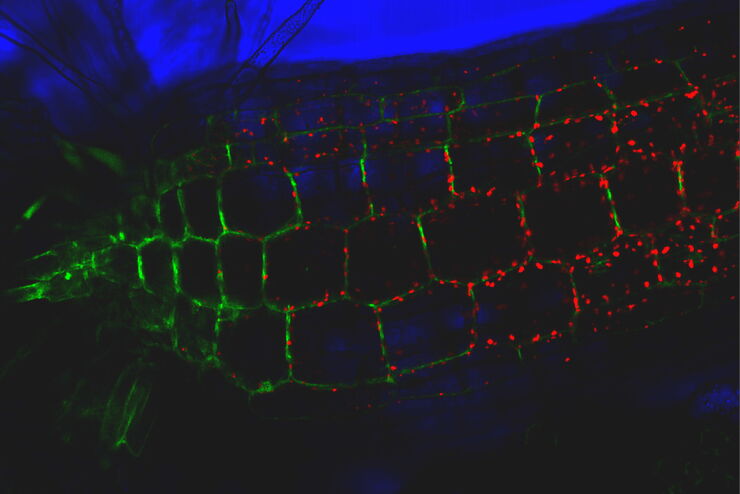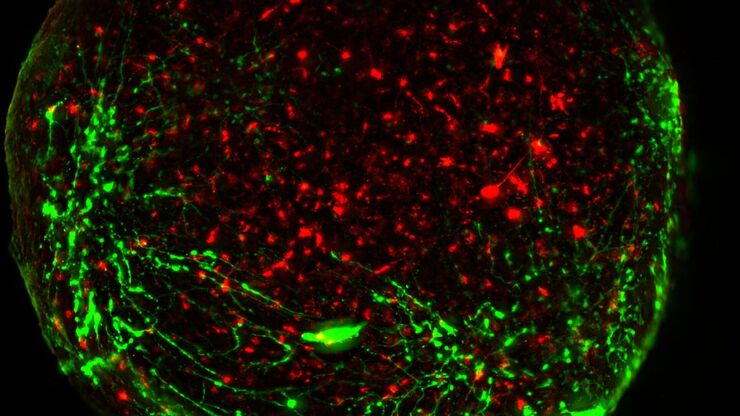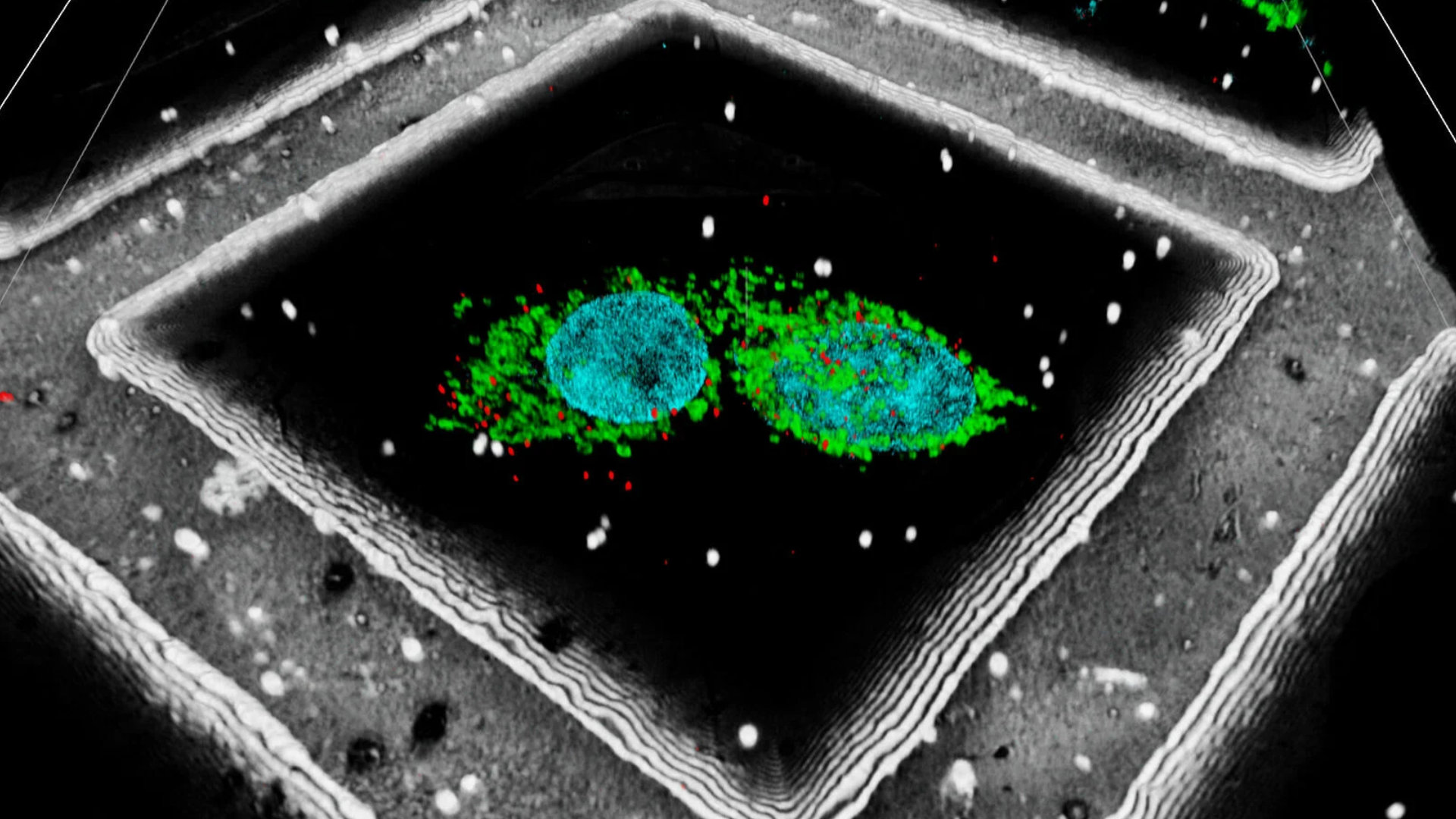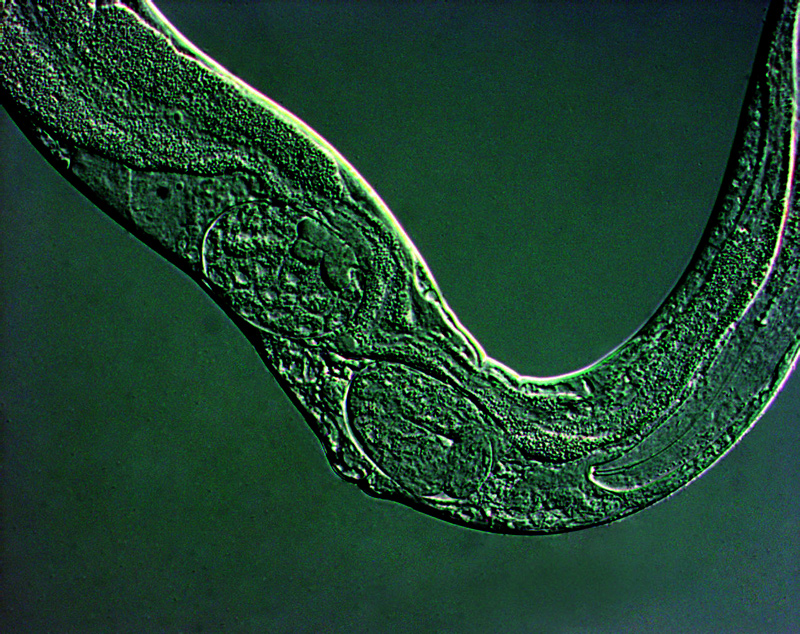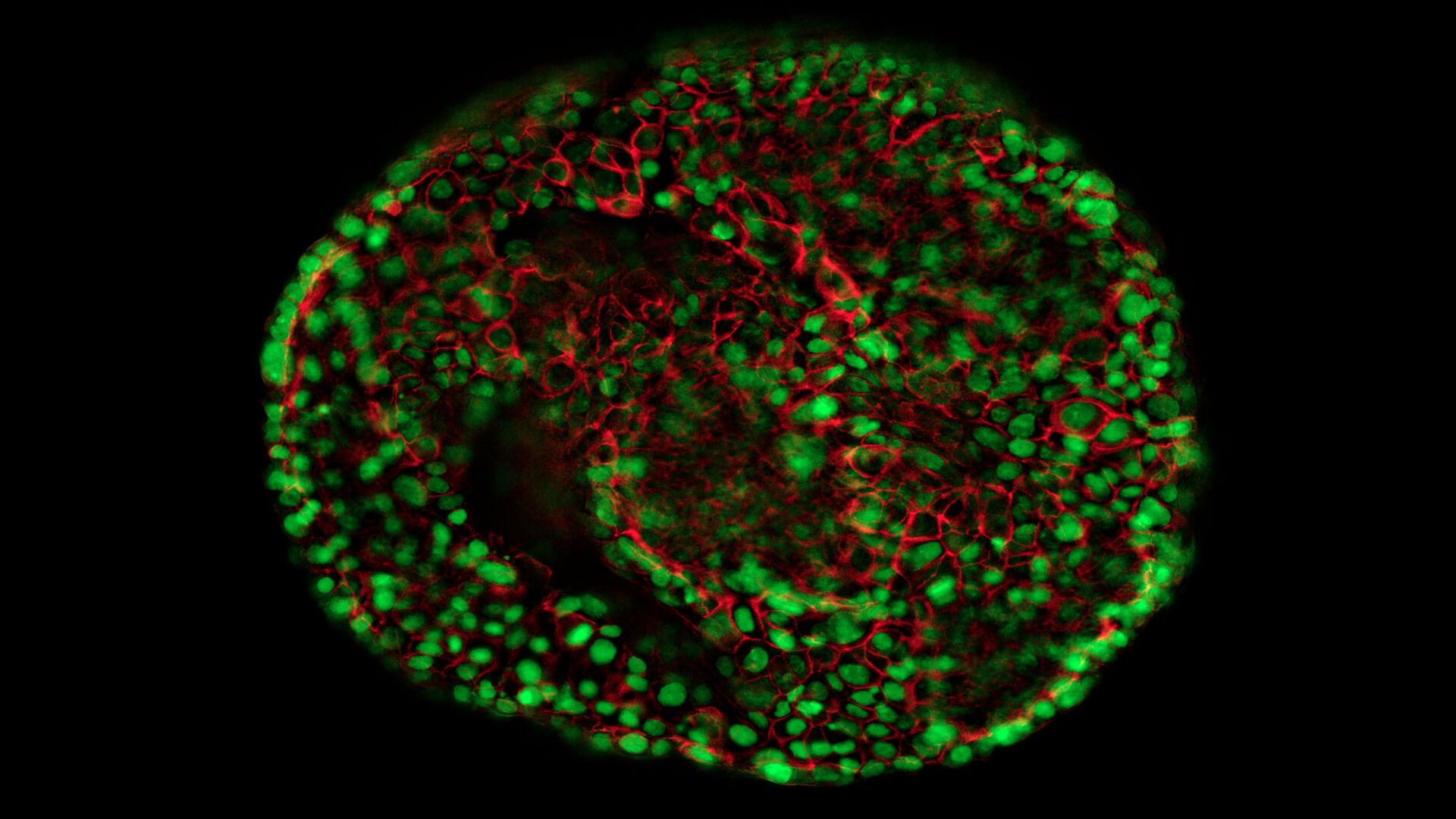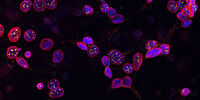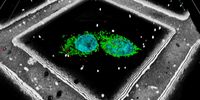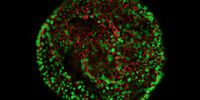Cellular Analysis
Cellular analysis helps researchers gain deeper insight into cellular functions and subcellular structures. Advanced microscopy imaging solutions and AI-powered analysis software from Leica Microsystems enable precise functional and correlative imaging, as well as analysis of single cells, live cells, and endpoint assays.
Our experts on solutions for cellular analysis applications are happy to help you with their advice.
How do cellular mechanisms influence disease progression?
Understanding cellular mechanisms is vital for fields like cancer research and Alzheimer's disease. For example, cellular signaling pathways regulate cancer cell proliferation, while distinct cellular alterations contribute to Alzheimer's pathology.
What are the optimal methods for live cell analysis?
Advanced imaging methods – including widefield, confocal, multiphoton, and super-resolution microscopy – enable real-time observation of live cells. These techniques offer precise insights into cellular dynamics and behavior, supporting diverse research in cellular analysis.
How can comprehensive cellular analysis be achieved?
Integrating diverse imaging techniques, such as functional and correlative imaging, enables a more thorough analysis. This approach offers deeper insights into cellular processes and interactions.
How can Leica solutions help researchers studying cellular analysis?
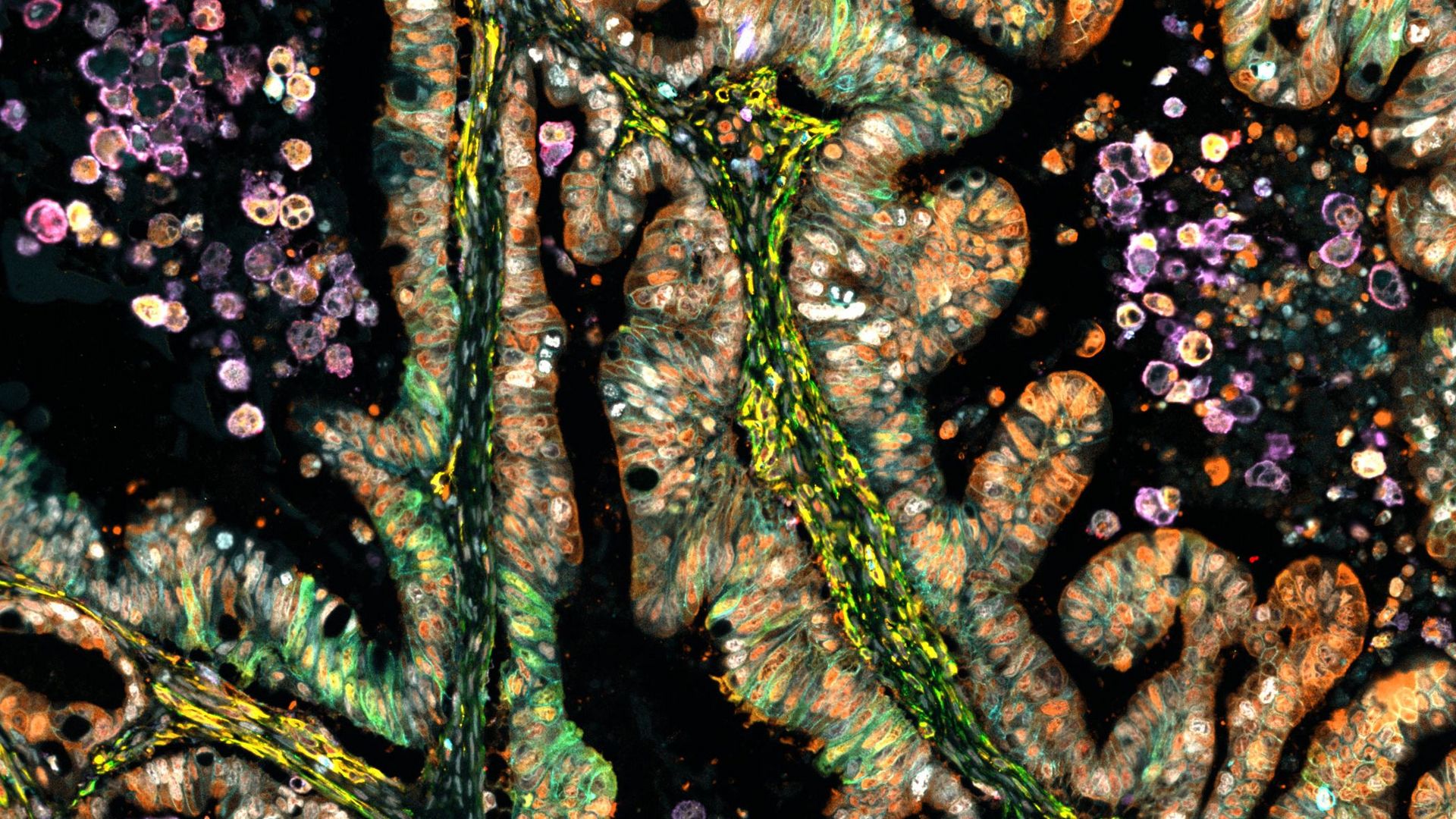
High-resolution imaging
For precise analysis and accurate interpretation, Leica instruments, including optical compound and confocal microscopes, offer high-resolution imaging. This enables researchers to visualize fine subcellular details with clarity.
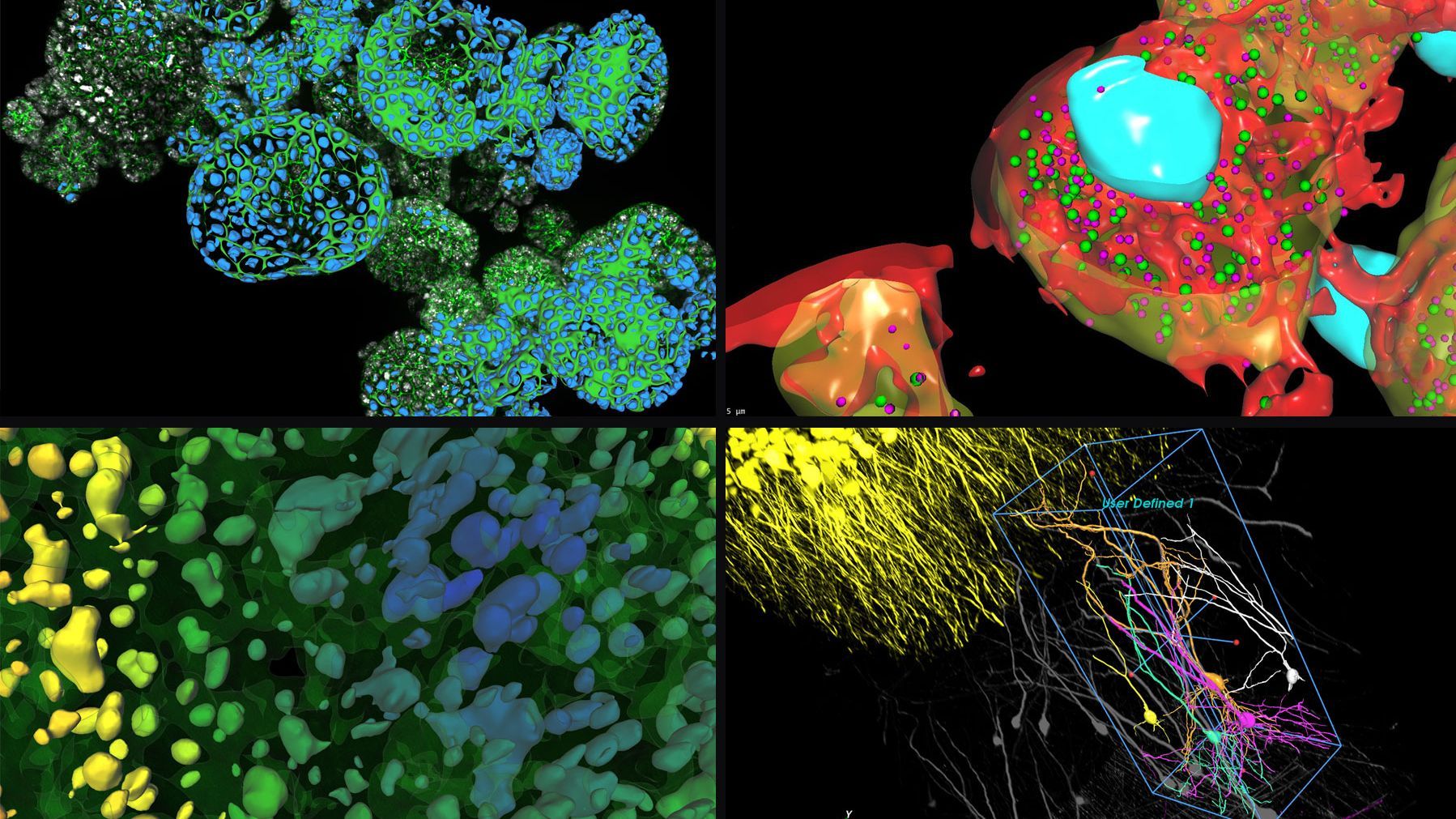
AI-powered analysis software
Researchers using the AI-powered analysis software from Leica Microsystems, such as Aivia, enhance their ability to analyze complex data. Dedicated analysis tools for various fields, like cell biology and neuroscience, are available with automated features that save time and improve the accuracy of results, even for complex experiments.
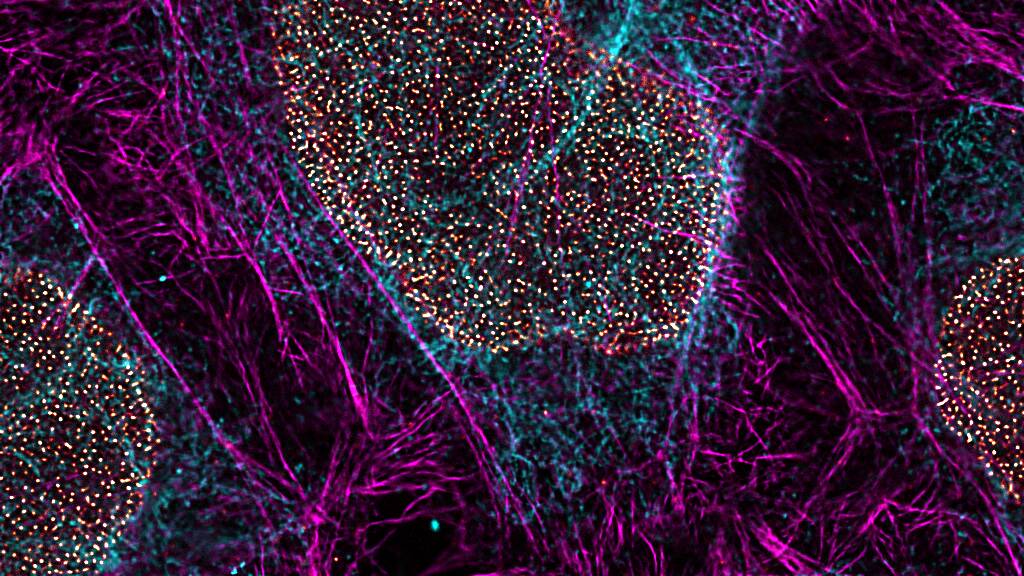
Versatile imaging solutions
Ranging from functional to correlative imaging, the versatility of Leica microscopy solutions ensures that researchers have the right tools tailored to their specific scientific applications and experimental goals.

